In the nineteenth century, sculptors rethought the representation of the body, finding new ways to express emotion.
c. 1865 - 1900
In the nineteenth century, sculptors rethought the representation of the body, finding new ways to express emotion.
c. 1865 - 1900
We're adding new content all the time!
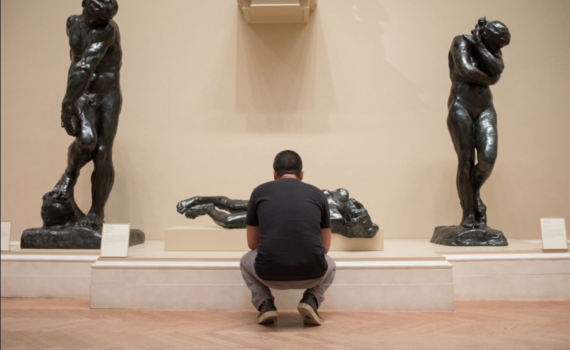
"You have to dominate the material, not let the material dominate you."
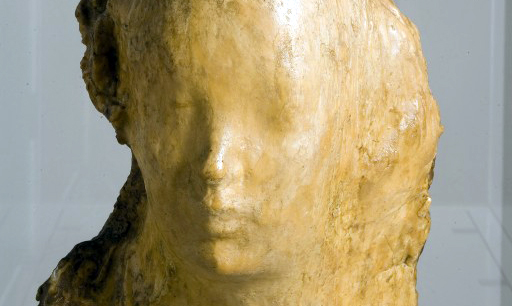
How do you make a sculptural monument—in stone—that captures the transitory, the fleeting aspects of modern life?
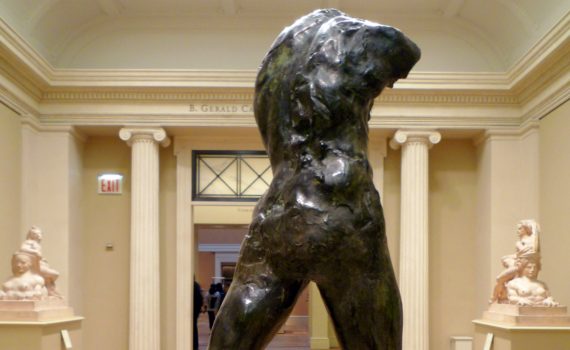
Does a statue need to include arms or a head to be considered complete? Rodin clearly doesn’t think so.
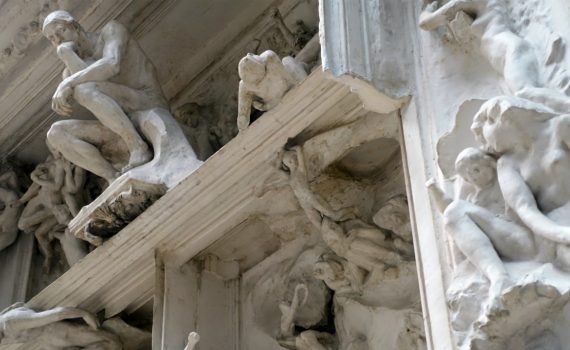
This aborted commission was meant for a museum that was to be on the site of the Musée d’Orsay—where it now stands.
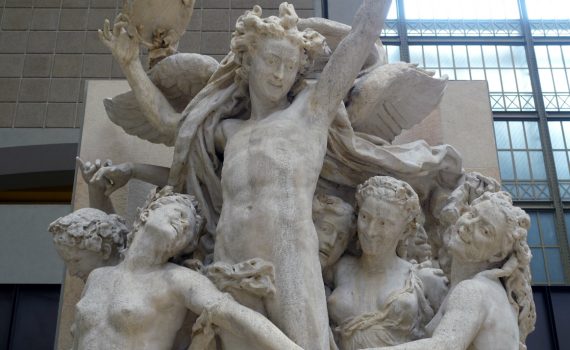
The wild dancing nymphs on the exterior of the Opéra had little in common with the ballerinas performing there.
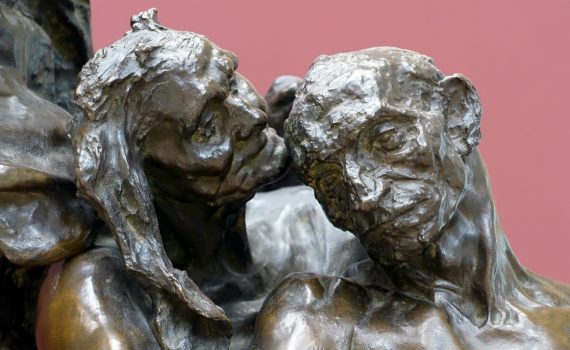
The artist’s biography has sometimes overshadowed her radical and serious achievements as a sculptor.

When Rodin received the commission for this monument in Calais, he was expected to produce one figure—not six.